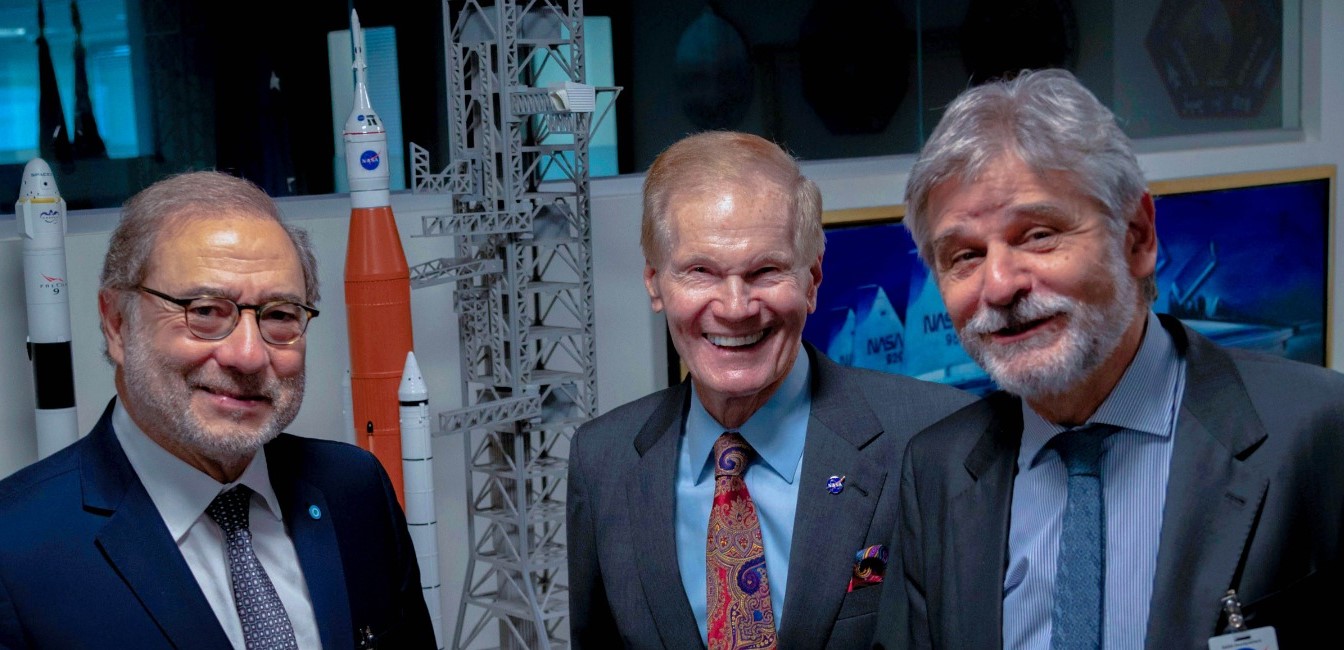David Bohm, an American-born theoretical physicist, created a vision of the universe that is deeply consistent with the idea of an indivisible whole, one of the most profound models ever proposed in quantum physics. Born on December 20, 1917 in Wilkes-Barre, Pennsylvania, and later settled in London, Bohm sought to explain reality in ways that went beyond the traditional quantum worldview. His work encompassed not only the rigorous demands of scientific exploration but also the philosophical depths of human consciousness, the interconnectedness of science, art, and spirituality.
One of Bohm's major contributions was the concept of the implicit order, a fundamental reality in which all things are folded, interconnected, and unified. This implicit order gives rise to what we perceive as the manifest world, the manifest order, through a dynamic process he called panmotion. Bohm's model is so holistic that he compares the universe to a hologram, in which each part contains information about the whole. As Bohm put it, “The hologram reveals how the total content, extending in principle over all space and time, is folded into a wavelike motion… in any given region.”
In Bohm's world, mind and matter are not different substances. Rather, they are different aspects of the same fundamental flow of reality, like different currents in a single ocean. For him, this unity extended even to the realms of consciousness and physical existence, challenging the deterministic view of nature that dominated his age.
Bohm's ideas were not always well received in academia, and were often seen as mystical rather than hard science. His early theory of hidden variables was an attempt to resolve paradoxes in quantum mechanics, suggesting that what appeared to be random or probabilistic in quantum events was governed by deeper, unseen variables. This conflicted with the Copenhagen interpretation of quantum mechanics, which insisted on the fundamental indeterminacy of nature. However, Bohm persisted in suggesting that quantum entanglement and “spooky action at a distance” could be explained within the framework of non-local causality.
In addition to his scientific research, Bohm had deep conversations with the philosopher J. Krishnamurti, exploring the nature of thought, perception, and the interconnectedness of all things. These discussions deepened his understanding of the role of consciousness in shaping reality, and reinforced his belief that the observer is not separate from the observed, a view that is consistent with more philosophical interpretations of quantum physics.
In the world Bohm envisioned, everything is part of a continuous whole, constantly unfolding and unfolding. His ideas about underlying order suggest that there is much more to the universe than we perceive on the surface, and that there are deeper, hidden connections between all aspects of reality. His work on quantum mechanics, especially its comprehensive interpretation, continues to inspire modern scientists and thinkers who seek to understand the universe not just as a collection of separate parts, but as a unified, interconnected whole.
Bohm’s legacy is more than a collection of scientific theories; it is a vision of reality that invites us to look beyond appearances and recognize the profound unity that underlies all things. His work, like light in a hologram, reflects the entire universe in every part of it, inviting us to see the world with new eyes and embrace the mystery of existence.





